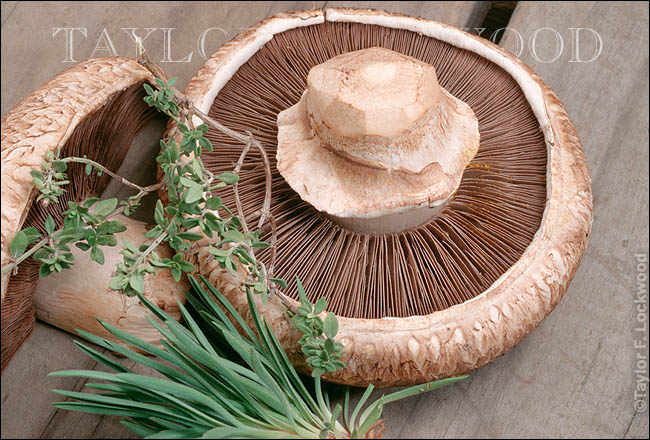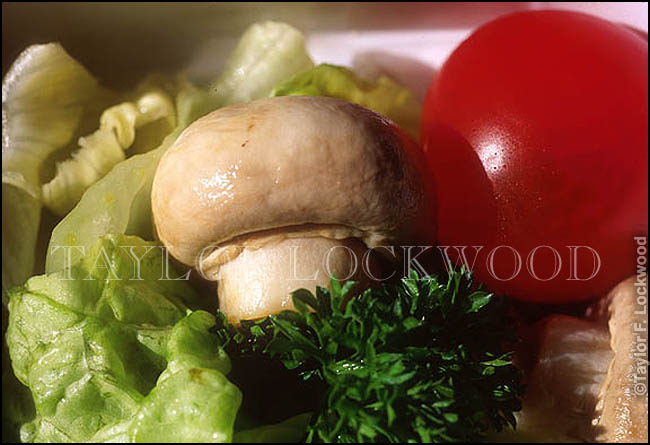

Caffeic acid and rutin have been shown to exhibit anti-microbial activity ( Glamoclija et al., 2015 Which is one of the significant phenolic elements contributing to anti-microbial, anti-oxidant, anti-cancer, and anti-allergy properties bisporus is due to essential bioactive components (i.e. Moreover, it is a widely consumed mushroom in the world which is cultivated in more than 70 countries ( Castillo et al., 2018 bisporus is a low-temperature species requiring 20☒3 Cº for its vegetative growth and 16☒0 Cº for its fruiting. bisporus, which is one of the most common white button mushrooms, contributes about 40-45% to the world mushroom production ( Glamoclija et al., 2015 That has immuno-modulatory, cardiovascular, liver protective, anti-fibrotic, anti-inflammatory, antidiabetic, antiviral, antioxidant,Īntitumor, and antimicrobial properties ( Alves et al., 2013Ī. bisporus hold a complete range of bioactive biomolecules Fruiting bodies, mycelia, and spores of A. Known for valuable dietary foods, as well as a resource intended for the production of remedies and nutraceuticals ( Acharya et al., 2015 As a result of all these traits, they have been

Of these kinds of biomolecules having dietary and/or therapeutic traits ( Bassarello et al., 2004 Agaricus bisporus consists of a wide variety However, the LMW also carries few primary metabolites (i.e., oxalic acid and those that can be usedĪs antimicrobial agents ( Bassarello et al., 2004 ) including various types of steroids, sesqui-terpenes and other terpenes, anthraquinone, quinolines, and benzoic acid ), whereas LMW compounds are primarily categorized in secondary metabolites ( Bassarello et al., 2004 The HMW compounds are peptides and proteins ( Glamoclija et al., 2015 (HMW) compounds in mushroom makes it a natural antibiotic source ( Castillo et al., 2018 The availability of low-molecular-weight (LMW) and high-molecular-weight ) to explain their therapeutic components. Mushrooms have been considered a delicacy and are preferred both for taste and flavor with a long history of medicinal uses.Ī new term was coined as “nutraceutical” ( Bassarello et al., 2004 bisporus S-II mushrooms had promising antimicrobial activities against the tested organisms. The present study indicated that the extracts of the A. aureus MTCC740 was obtained at 10 mg/ml concentration. Regarding minimum bactericidal concentration, the bactericidal value for P. cereus MTCC9786 below 20 mg/ml extract concentration. aureus MTCC740 at extract concentrations of 15 mg/ml and 20 mg/ml, respectively. aureus MTCC740. The MIC results in microtitre plates showed the growth inhibition of P. The highest antimicrobial activity up to 17% with ethanolic extracts recorded against S. aeruginosa MTCC741 (14%), compared to control in ethanol extract. Least microbial growth inhibition observed for B. cereus MTCC9786 (15%) in methanol extract. aureus MTCC740, compared to ethanol extract (17%). The highest antimicrobial activity was observed in methanol extract (26.5%) against S. Microdilution assay was applied for the evaluation of the minimum inhibitory concentration (MIC). aeruginosa MTCC741), and the other two were Gram-positive ( B. Out of these three bacterial strains, one was Gram-negative (namely P. Totally, three human pathogenic bacterial strains (MTCC culture type) were procured from the Institute of Microbial Technology, India. bisporus S-II extracts on human pathogenic bacteria in-vitro condition. The present study was conducted to investigate the effect of A. bisporus is a source of protein (about 40% on a dry basis), ergosterol, several minerals, carbohydrate, and fat. Agaricus bisporus mushrooms are well known for their nutritional and medicinal values.


 0 kommentar(er)
0 kommentar(er)
